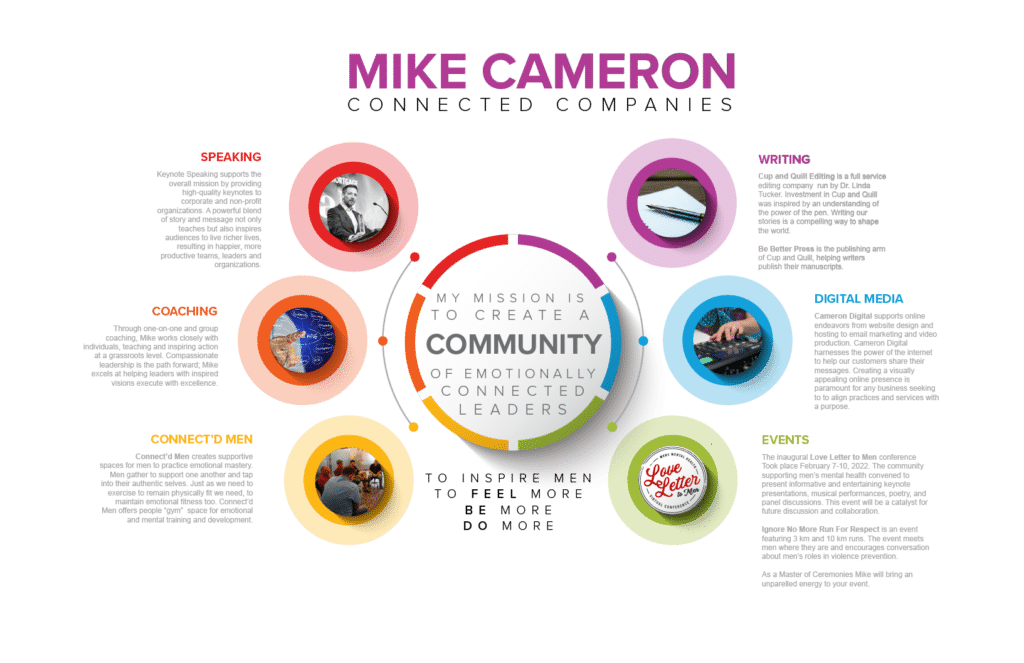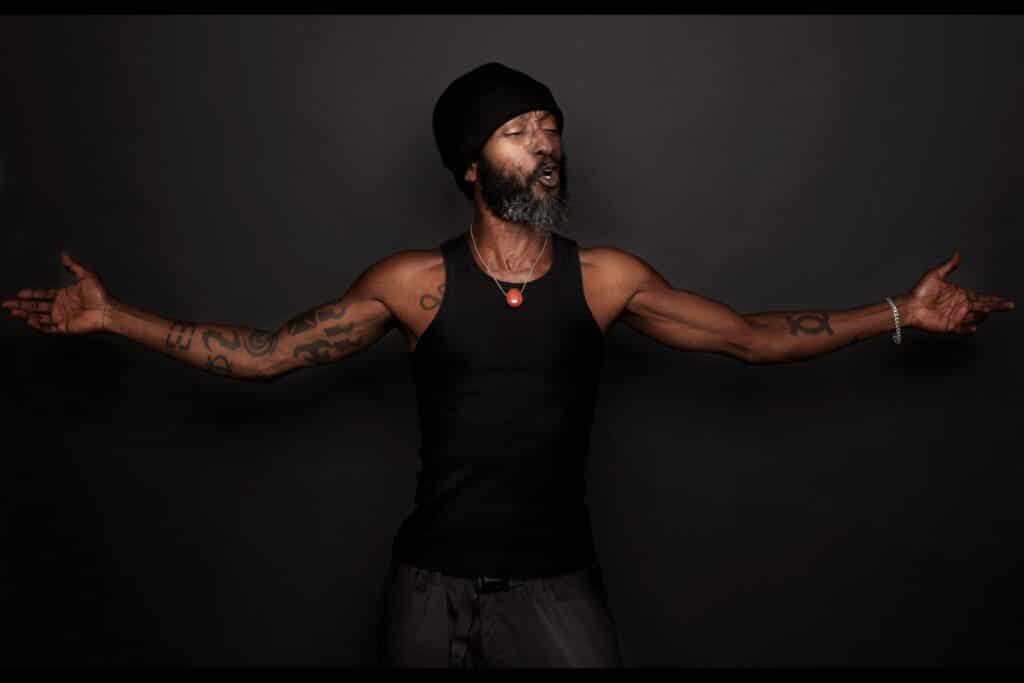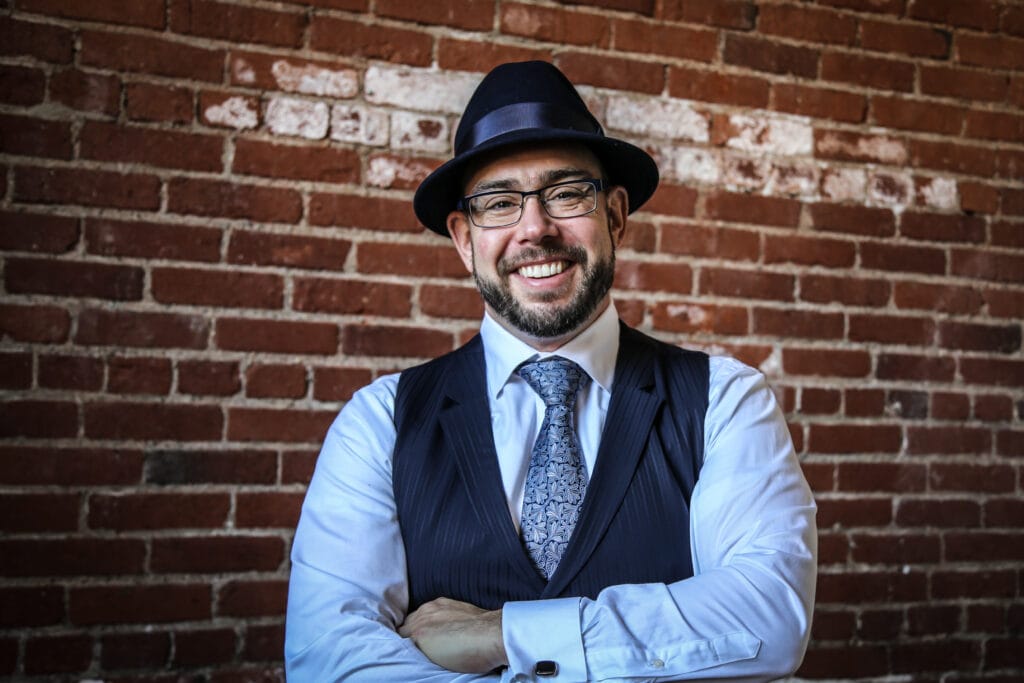How Can I Help You?

My mission is to create a community of emotionally connected leaders and inspire men to feel more, be more, and do more. I don’t know about you, but I get immense fulfillment from helping others achieve their dreams. I think we all like to help others get ahead. Have you ever noticed that most people […]
The Truth About Male Sexual Abuse

This video is an excerpt from the Love Letter to Men: A Celebration of Men’s Mental Health conference in February. In this panel discussion we talk about men and sexual abuse with two survivors and a licensed psychologist and author who works with men who have been abused. These are stories of hope and possibility.
Wakefield Brewster: Da Lyrical Pitbull

Since January 1999, Wakefield Brewster has been known as one of Canada’s most popular and prolific Performance Poets. He is a BlackMan born and raised in Toronto, by parents hailing from the island of Beautiful Barbados, and he has resided in Calgary since 2006. Wakefield Brewster has spoken across Canada, several States, and makes countless […]
Men and Grief

Grief is often something we don’t associate with Masculinity and when we do, there seems to be an expectation of stoicism, strength and frankly – fixing it, not suffering with it. Together we are going to discuss how that shows up in our lives and in the lives of those who support men who are grieving.
Fly In Fly Out Life – Real Stories, Struggles and Victories From Remote Work Camp Life

FIFO: faɪ fəʊ or Fly In Fly Out
FIFO work refers to remote camp work where workers are required to fly in and fly out to work and work away from home and their families.
This type of work poses unique challenges to workers and their families. The mental health struggles that can arise from the isolation from family, role transitions from work life to home life, societal stereotypes of masculinity and stigmas creating barriers to seeking help. We unpack all this through storytelling to give you a snapshot of FIFO life and to provide workers and their families with tools to thrive in this lifestyle.
Drew Dudley – A Man Falls Into a Hole Keynote

This inspiring keynote is from our recent Love Letter to Men: A Celebration of Men’s Mental Health forum.
27 Year End Reflection Questions to Ask Your Partner

“Life is only a reflection of what we allow ourselves to see” It’s New Years Eve 2021 and tonight Michelle and I are going to one of our favourite brew pubs for beer and nachos. Something both of us enjoy more than fancy balls and cocktail parties. We’ve opted to keep it to the two […]
Four Ways To Get Unstuck: Avoiding the How-to Trap

Yesterday I was speaking to someone who is a top performer in her industry. I mean not just “successful” but the top 1% of the industry. It has been very gratifying to watch her success over the years. You see she actually started her career with me some 15 years ago. I have been incredibly […]
Is Time Confetti Ruining Your Life?

Focus seems to be an incredibly rare commodity these days. It is something I have struggled with most of my life. Do you remember the scene in the movie Up! In the scene, Dug the Dog introduces himself to the main characters and halfway through he stops, mid sentence, looks sharply to his left and […]
How to Set Boundaries

In my work I talk a lot about leading with empathy and compassion. I talk about the value of kindness, acceptance and love in leadership. These words can be mistaken for “soft” or “weak” and therefore some are hesitant to employ those qualities in a leadership role. This is only the case if we do not […]
Real Talk International Men’s Day

On International Men’s Day I had the privilege of sitting down with three other men to discuss the importance of Men’s mental health and some of the challenges that we face as men. Even in our patriarchal society it is important to look at the price of the patriarchy on men as well as on […]
What Gets Measured Gets Managed

Peter Drucker is one of the most often quoted business management guru’s. He has been referred to as “The founder of modern management.” I have learned to appreciate his wisdom over the years and often look to his work in order to help me “Get things done”. This week I want to unpack the following […]
Is Accountability the Secret Sauce to Productivity?

Productivity hacks, hustle culture and busy, busy, busy seem to be the prescription of the day. If you’ve followed me for any length of time you know I am not a fan of “busy”. As an executive coach who takes a very holistic view of those I work with, I am always looking to see […]
Four Essential Skills for Leading Out of the Pandemic

This week I had the opportunity to deliver a new keynote, Redefining Leadership: From Chaos to Connection. While doing some research for this I came across a recent survey published by ExecOnline that talked about some of the challenges leaders are facing. They also shared a few of the skills leaders believe are required to […]
What Does “Stuck” Look Like (and how to get unstuck in life)

How to get unstuck in life As I sit here at my computer, with my Pomodoro Technique timer quietly counting down I sit staring at a blank computer screen. A list of a million different “things I could be doing” starts to form in my head. The procrastination monster is strong in this one my […]